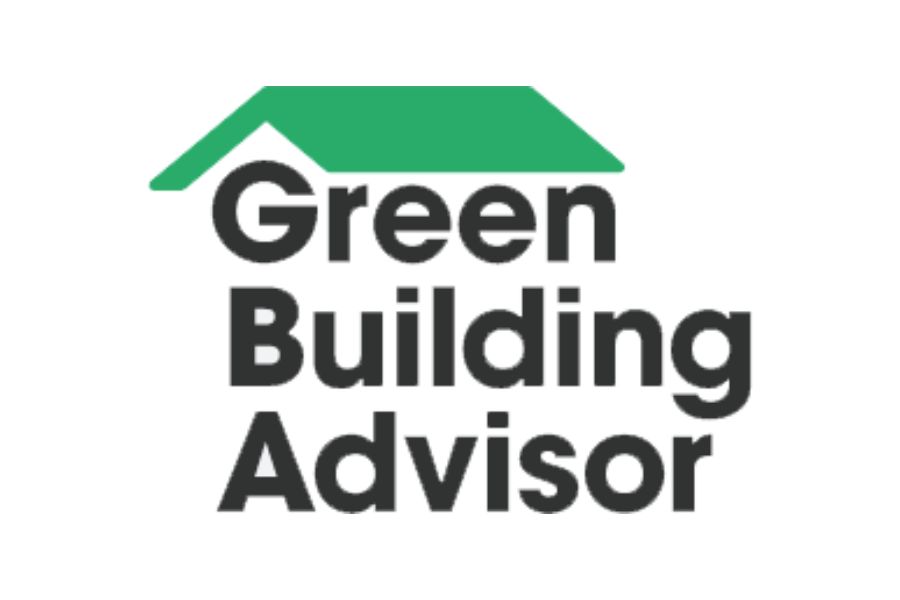Training Library
Furnace-to-Ducted Heat-Pump Retrofit

This series of articles by Bruce Harley discusses retrofitting fossil fuel furnace to heat pumps with centrally ducted air handlers.
This series of articles by Bruce Harley discusses retrofitting fossil fuel furnace to heat pumps with centrally ducted air handlers.
Part 1: Installation of cold-climate heat pumps is increasing rapidly as states pursue decarbonization goals and homeowners recognize the environmental, health, and economic benefits of moving away from fossil fuels. Cold-climate heat pumps offer a huge degree of design flexibility; options for indoor units include high- and low-wall-mounted ductless heads, ceiling cassettes, and low-profile “compact-ducted” units. One design, in particular, has tremendous potential to scale: It is what many manufacturers refer to as the “multi-position air handler” or “vertical air handler.” These units (referred to as air handlers for the rest of this article) have a form factor—or hardware design—similar to a conventional natural gas or propane furnace. They can be installed in upflow, downflow, and horizontal configurations.
Part 2: Replacing fossil-fuel furnaces with fully ducted cold-climate heat pumps is a scalable strategy for electrifying and decarbonizing tens of millions of housing units in the U.S. In Part 1 of this series, I discuss the advantages of ducted “vertical” and “multi-position” air handlers (“air handlers” for the sake of brevity) compared to ductless minisplits. Here, I will explain five categories of data needed to plan a successful furnace-to-air handler retrofit: customer goals, building envelope, electric service and loads, ductwork, and physical space.
Part 3: Furnace-to-air handler retrofits represent a cost-effective way to decarbonize tens of millions of existing homes that already have forced-air ductwork. A successful retrofit requires careful design, installation, and commissioning. In a previous article, I discussed five categories of data needed for a good design: customer goals, building envelope, electric service and loads, ductwork, and physical space. In this article, I’ll talk about how data on the building envelope is used to calculate how much heating and cooling must be supplied to the house to keep it comfortable in both very cold and very hot weather.
Part 4: By this point in the design process, we’ve collected information on customer goals, the building envelope, electric service, ductwork, and physical space constraints. We’ve used the methodology outlined in ACCA Manual J to calculate design heating and cooling loads. If possible, we’ve incorporated blower door data into our calculations. Now it’s time to use this information to evaluate zoning options and select equipment.
Part 5: So far, we’ve done the homework: collecting data, calculating heat loads, and selecting equipment. Today, we take action. We’ll send a fossil-fuel-burning dinosaur to the scrap yard. In its place, we’ll install an all-electric system that will dramatically cut our customer’s carbon footprint. If we’re displacing an expensive delivered fuel like propane or fuel oil, we’ll be cutting their energy costs. And, by upgrading filtration and eliminating combustion, we may also improve their indoor air quality.
Portions of these articles are FREE to read but a deep dive into the content requires registration and subscription.


